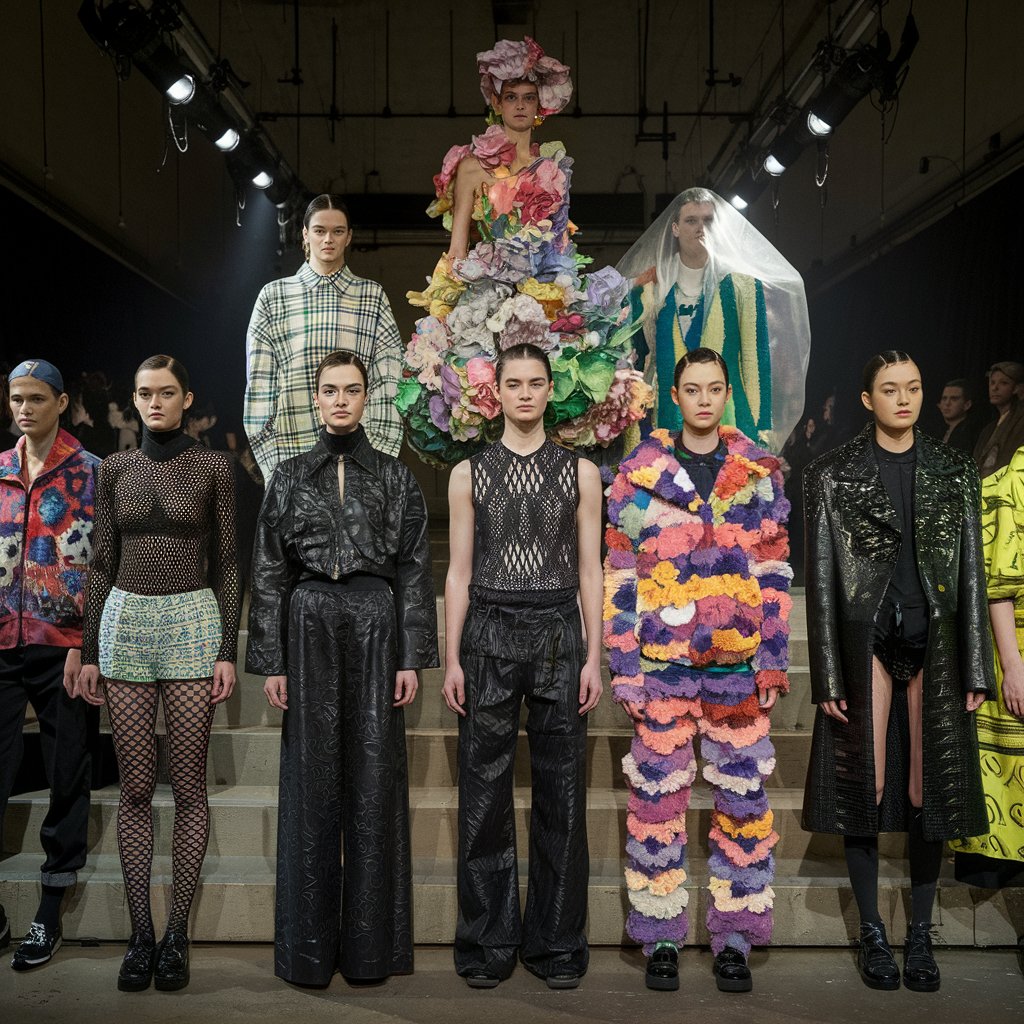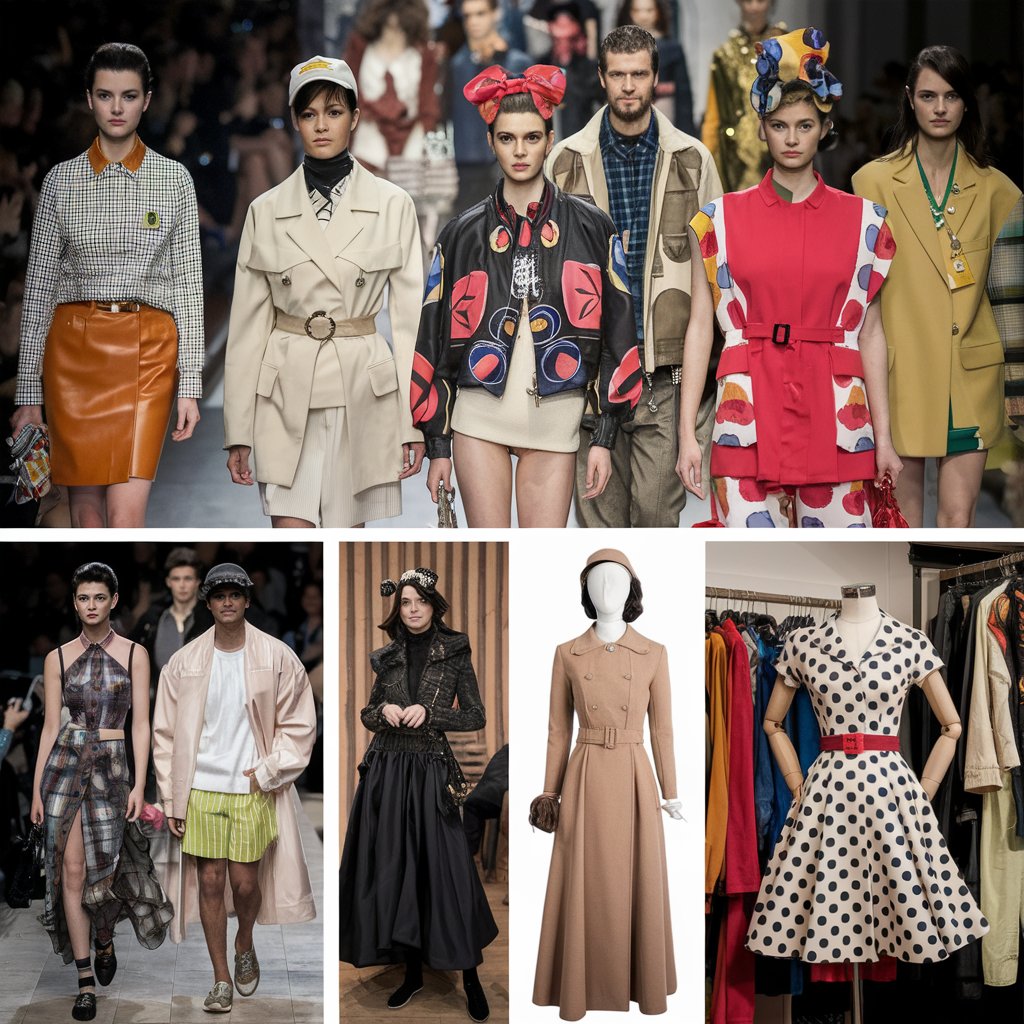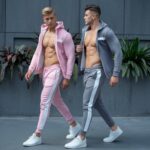Fashion is more than clothing – it’s an art form, a cultural mirror, and a tool for self-expression. But have you ever wondered how one style of jeans suddenly becomes “in,” or why people across the globe start sporting the same color palette seemingly overnight? Understanding how fashion trends begin provides fascinating insights into how culture, creativity, and commerce intersect.
This blog will explain fashion trends, the factors that drive them, and how they evolve over time. Whether you’re a fashion enthusiast, a trendsetter, or just someone who appreciates style artistry, this guide will show you the intricate forces shaping what we wear.
What Is a Fashion Trend?
At its core, a fashion trend signals the styles, colors, materials, and silhouettes currently popular or gaining traction. But not all trends are created equal. Some linger for a season or less and are defined as “fads” – fleeting, often novelty-driven styles (think Crocs in the mid-2000s or “clear plastic” handbags). On the other hand, certain trends evolve into enduring staples (the classic white sneaker or the little black dress). These long-lasting trends tend to marry utility with timeless appeal.
Key to any trend is its ability to spark intrigue while resonating with different demographics. A trend gains legitimacy by breaking out of niche communities and influencing the broader market – a process driven by various cultural, social, and technological winds.
What Drives Fashion Trends?

Fashion trends are much more than a result of random chance—they’re created and shaped by a cluster of creative, cultural, and societal factors.
1. Pop Culture and Influencers
From Audrey Hepburn’s little black dress in Breakfast at Tiffany’s to Harry Styles’ gender-fluid ensembles, pop culture has always been a foundational driver of trends. Celebrities, social media influencers, and even fictional characters have the power to lionize a look. TikTok and Instagram amplify this impact exponentially, turning obscure style choices into viral sensations; consider the astronomical rise of “cottagecore” or Y2K revivals.
Example: Emily’s bold outfits in Emily in Paris led to a global surge in playful prints and beret sales.
2. Fashion Designers and Runways

High-fashion brands play a pivotal role in setting the tone each season. Designs unveiled at New York, Paris, and Milan fashion weeks ripple into the wider industry through collections inspired by the runway. These trends trickle down into affordable, everyday pieces you’ll later find in retail chains.
Example: Balenciaga’s oversized silhouettes reshaped streetwear, making baggy fits mainstream.
3. Historical and Cultural Influences
Fashion often looks backward for inspiration. Revival trends from the ’70s, ’90s, and early 2000s dominate stores today, echoing a sense of nostalgia. Different regions also bring fresh perspectives to international trends, whether it’s Korean streetwear thanks to K-pop or African-inspired prints on couture runways.
Example: The ’90s grunge revival brought back flannel shirts, combat boots, and baggy jeans, while K-pop stars popularized preppy streetwear globally.
4. Technology and Innovation
New materials, wearable tech, and digital spaces are reshaping fashion in real-time. Digital “NFT fashion” and virtual clothing designed for avatars are cutting-edge examples. Platforms like DressX even allow consumers to “wear” outfits virtually for their social media profiles.
Example: Brands such as Nike are experimenting with digitally enhanced sneakers and AI-generated designs.
5. Social and Political Movements
Fashion is inherently political. Over the decades, it’s been a means of protest, advocacy, and representation. Today, trends like androgynous clothing and sustainable pieces are a reflection of shifting attitudes on inclusivity and environmental responsibility.
Example: The rise of gender-neutral clothing highlights the fight against rigid gender norms.
6. Economic Conditions
Consumer spending power drives demand for specific trends. During more frugal times, fast fashion thrives due to its affordability, whereas luxury becomes dominant in more prosperous periods.
Example: The post-2008 economic downturn saw affordable retailers like Zara and H&M cement their dominance.
The Lifecycle of a Fashion Trend
Fashion trends don’t stick around forever. Every style follows a predictable arc with distinct stages.
- Emergence
Most trends originate in small, niche communities or through innovative designers. For example, streetwear began in skateboarding culture before becoming a global phenomenon.
- Adoption
Early adopters and influencers amplify the trend by showcasing it on social media, runway shows, or at major events. Their visibility sparks curiosity and pushes the trend into public consciousness.
- Mainstream Acceptance
Brands begin mass-producing the trend for accessibility, offering affordable versions in stores. Once seen on shelves everywhere, it’s officially “mainstream.”
- Decline
Oversaturation eventually dulls the novelty and excitement around the trend. When everyone owns it, the allure fades, prompting consumers to seek something new.
- Reinvention
What’s old eventually becomes new again. Most trends resurface after a hiatus, often with a contemporary twist.
Example: The flared pants of 1970s bohemian style returned with sleeker lines in modern day.
The Role of Social Media
Today, nothing shapes fashion trends more rapidly than social media. Platforms like Instagram, Pinterest, and TikTok serve as digital runways where influencers and everyday users alike dictate what’s “in.”
- Hashtags & Virality – Hashtags like #OOTD (“outfit of the day”) or trends like TikTok’s #CoastalGrandma aesthetic give rise to hyper-specific micro-trends.
- Global Reach – A trend born in Korea or Paris can influence American audiences in real-time due to social platforms.
- Fast-Paced Cycles – The fast-paced nature of social media means trends cycle through emergence, mainstream adoption, and saturation within months.
Example: Remember when everyone on TikTok donned tracksuits inspired by ’90s nostalgia? While the trend exploded in months, it fizzled out just as fast.
Streetwear, Subcultures, and Sustainability
Streetwear is proof that fashion thrives best when influenced from the bottom up. Subcultures like punk, goth, and skateboarding have time and again shaped trends later appropriated by high-fashion brands. Collaborations between streetwear giants (e.g., Supreme) and luxury maisons (e.g., Louis Vuitton) illustrate the shift toward blending these worlds.
At the same time, sustainability is reframing what fashion trends look like. With mounting pressure to minimize waste, circular fashion models and trends like thrifting or upcycling are reconfiguring the industry’s DNA.
The Global Spread of Trends
The globalization of fashion amplifies trend dissemination. Japanese streetwear, Indian block prints, and Italian tailoring are now shared mediums influencing the global market. Meanwhile, crossover collaborations (e.g., Gucci x Adidas) continue fueling creativity and breaking geographic boundaries.
The Future of Fashion Trends
Where are we headed next? Technology and innovation will likely dominate future cycles. With AI predicting emerging themes and metaverse wearables growing in popularity, fashion’s next playground may be both digital and real.
- Emerging Trend to Watch – Biophilic fashion (inspired by nature and biology) and nature-driven designs might shape the next seasons.
Stay Trendy and True to Yourself
Trends will come and go, but style remains personal. While leveraging platforms and following influencers can keep you updated, always remember to infuse trends with your individuality. After all, your flair is what makes any look unforgettable.
Want to stay ahead of the trend curve? Subscribe to our newsletter for weekly updates, expert styling tips, and insider insights on what’s next in the fashion world!



